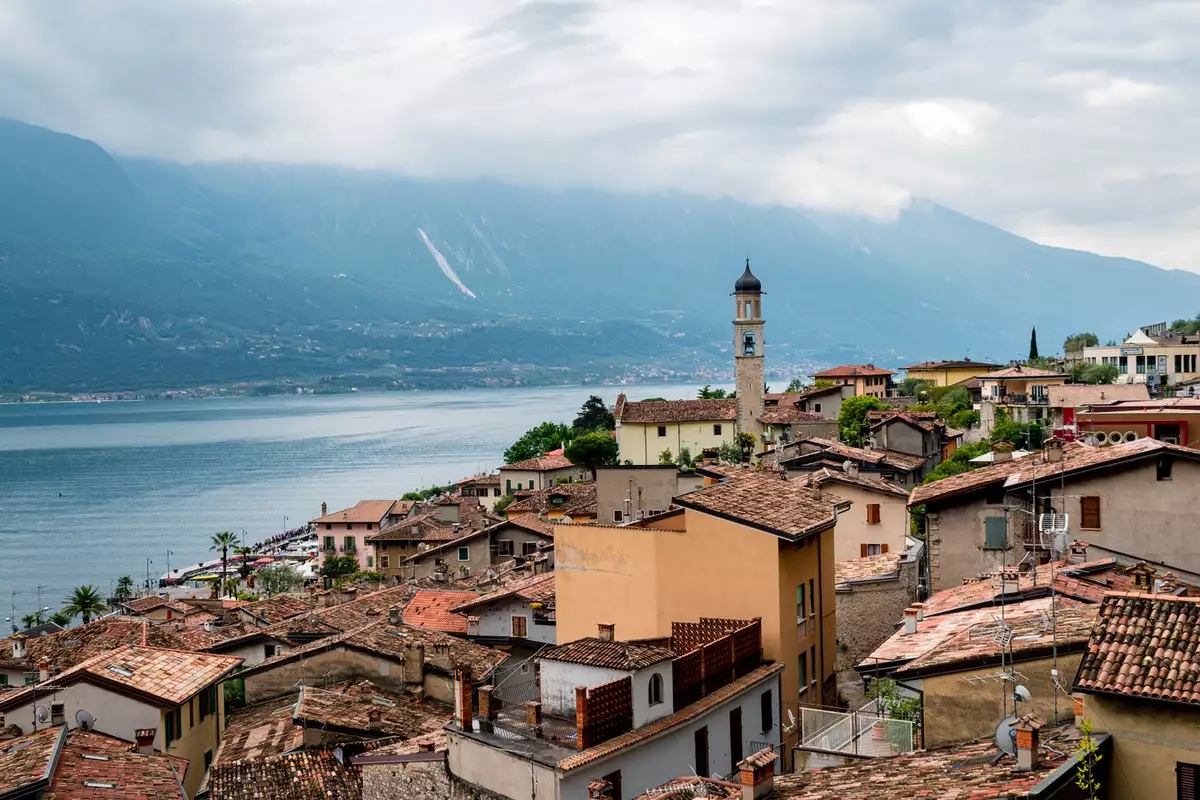Studying the current state of education in Italy

History of the Italian education system
Before unification in 1861, Italy had a fragmented education system where each region had its own separate schools and curricula. Schools also differed greatly between rich and poor areas, with rich areas providing better education than poor areas. This disparity only increased after unification, as the new government was able to centralize control over the education system. The post-unification period saw an increase in the number of state-funded schools for all children under the age of 14, as well as an expansion of universities across the country.
Compulsory education in Italy
In Italy, compulsory education starts at the age of 6 and lasts until the age of 16, when students can choose either to continue their studies or to work.
Higher education in Italy
The higher education system in Italy consists of universities (università), where theoretical knowledge is taught; polytechnics (politecnici), which focus on technical knowledge; academies (accademie), which provide professional training for professions such as architecture or medicine; research institutes (istituti di ricerca); and specialized colleges (collegi specializzati). In general, access to higher education is open to all students who have passed the secondary school leaving certificate examinations, but some universities also require applicants to pass entrance examinations before enrolling in courses.
Conclusion: summary, implications and suggestions for the future
In conclusion, although the Italian education system has come a long way since pre-unification times, there are still some issues that need to be addressed if it is to remain competitive with the systems of other European countries. These include: increasing access to higher education for people from less affluent backgrounds by providing financial aid; improving the quality of teaching by introducing stricter standards for teachers; introducing more vocational courses in secondary schools so that young people have more opportunities upon graduation; reducing class sizes so that teachers can give more individualized attention to students during lessons; introducing more technology in classrooms so that learning
Comment
Popular Posts
9 October 2024
1487
9 October 2024
9943
Popular Offers

Subscribe to the newsletter from Hatamatata.com!
Subscribe to the newsletter from Hatamatata.com!
I agree to the processing of personal data and confidentiality rules of Hatamatata














